Amidst an escalating housing crisis, could a metal box make a home?
It seems the answer is yes.
Due to a shortage of social housing and the cost of private renting, more and more families in the UK are facing homelessness. In fact, by the end of September 2019, 87,410 households were in temporary accommodation – and this number is likely to increase as a result of the pandemic.
To help such families, shipping container homes are popping up all over the country. A growing number of local authorities and housing organisations – across both England and Wales – have started to provide containers as a form of emergency accommodation. And ‘container living’ schemes have been set up in Reading, Brighton, Caerphilly, and Southampton, to name a few.
Here we take a look at the pros and cons of container homes and how they could be of help.
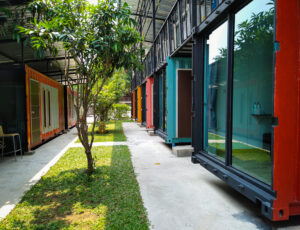
Could shipping container homes really help?
Undeniably, container homes do have a wide range of benefits. For example, they’re:
1. Quick to build
Building with shipping containers is much faster than traditional construction methods. Homes can be prefabricated, with most of the conversion completed off-site. As such, small projects can take as a little as 3-4 weeks to complete and large structures can be up-and-running in just a few months.
2. Customisable
When it comes to a converted shipping container, the possibilities are endless. The containers can be combined to create a large space or stacked to make a multi-storey structure. What’s more, they can be easily modified to include a wide range of design options, features and amenities.
3. Easy to transport
As they’re a standard size, shipping containers are incredibly easy to move. They can be simply stacked and loaded onto the bed of a truck for transportation. Once they reach their site, they’re relatively straightforward to set in place, and can be easily relocated in the future if necessary.
4. Strong and durable
Shipping containers are originally manufactured to survive long periods at sea. As a result, they’re inherently strong and durable. They can successfully withstand extreme weather conditions and often surpass the minimum specification for traditional homes in terms of their resilience.
5. Eco-friendly
Instead of relying on new materials to create a home, the shipping containers are repurposed and used again. Such homes are, in a way, a form of recycling and a very environmentally-friendly option.
6. Cost-effective
Converting a shipping container is often much cheaper than building a traditional home. And, as most of the work can be completed for a fixed price, it’s easier to stick to a planned budget.
Of course, like with most things, there are some drawbacks.
Living in a shipping container may be slightly cramped and, to create large estates, thorough knowledge of shipping container homes and lots of planning is likely to be necessary. In addition, as they’re made from stainless steel, temperature and humidity levels inside the container are a concern to health and safety.
However, these issues seem relatively easy to overcome (e.g. by adding sufficient climate control and insulation). And converted shipping containers and ‘container living’ could be exactly what the UK needs to resolve the housing crisis – at least temporarily – and put a roof over the head of those who are homeless.
Contact our shipping container experts today
For more information on shipping container homes and how they could be of benefit, please feel free to get in touch with our team – here at Gap Containers. Not only do we sell new and used shipping containers, we’re UK leading specialists in shipping container conversions. We’re always excited by the prospect of a challenge and would love to hear your ideas for a new container home.
To chat to one of our in-house experts, give us a call on 0870 240 9405. Or, alternatively, send an email to sales@gapcontainers.co.uk and we’ll respond to your enquiry as soon as possible.

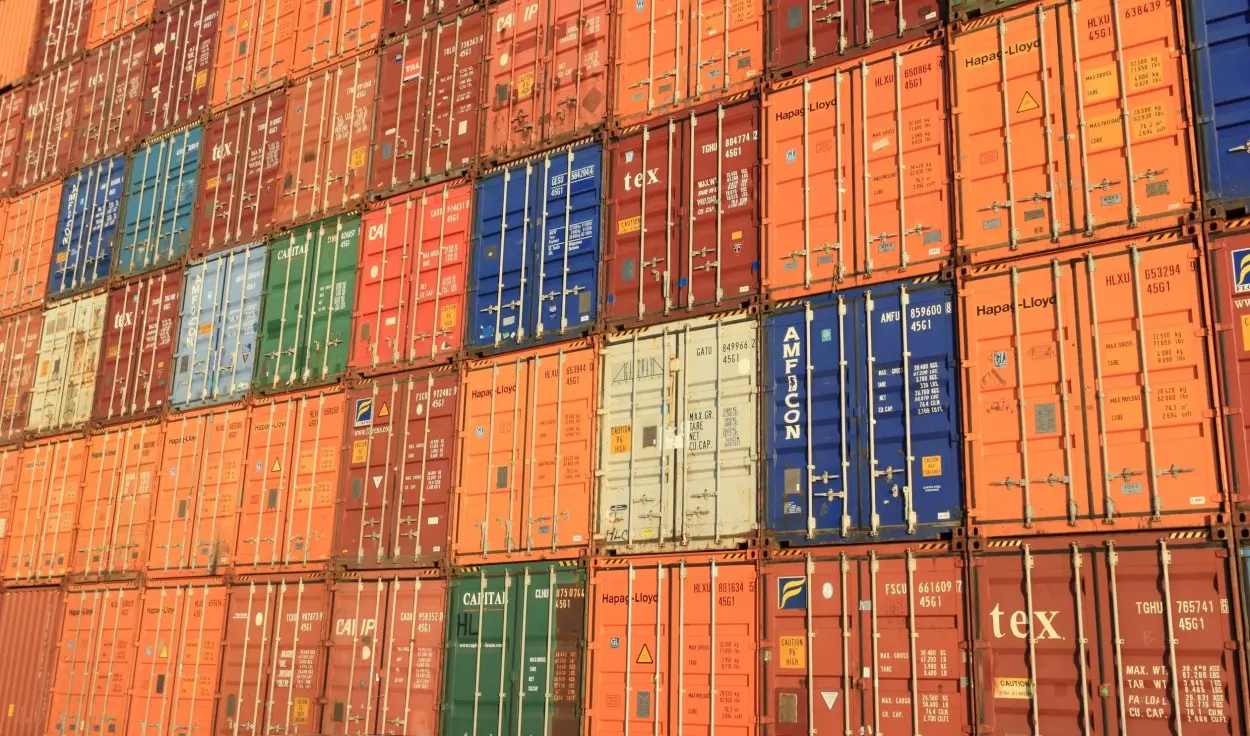
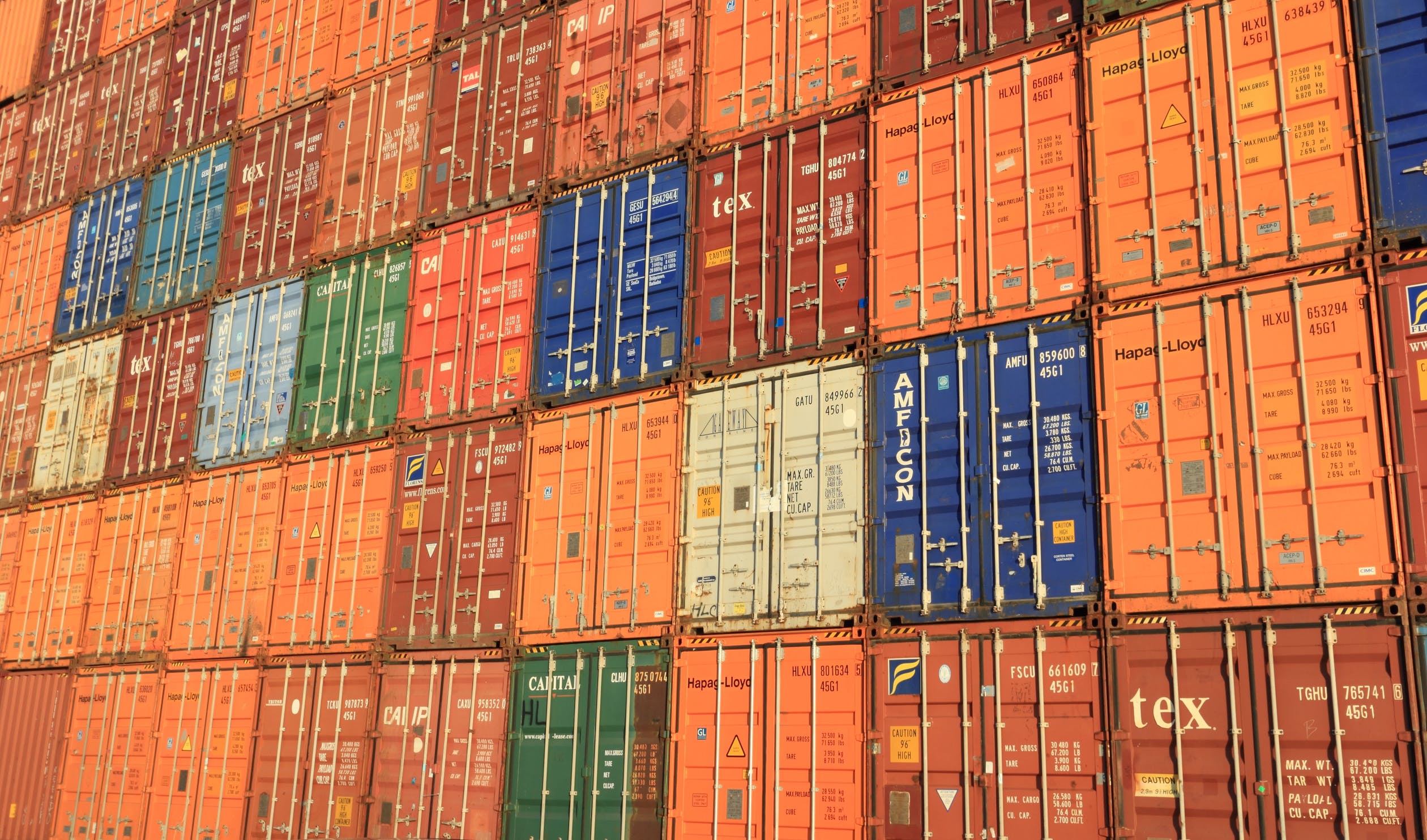





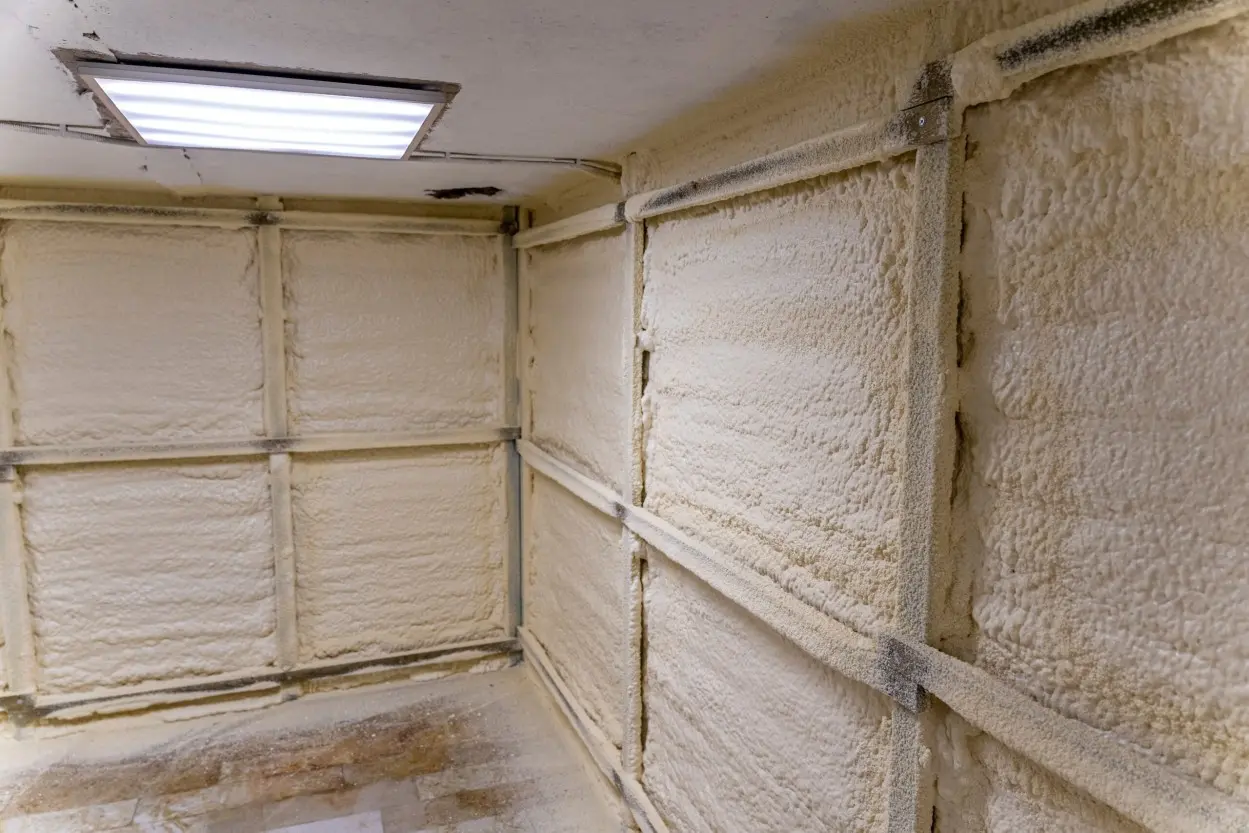
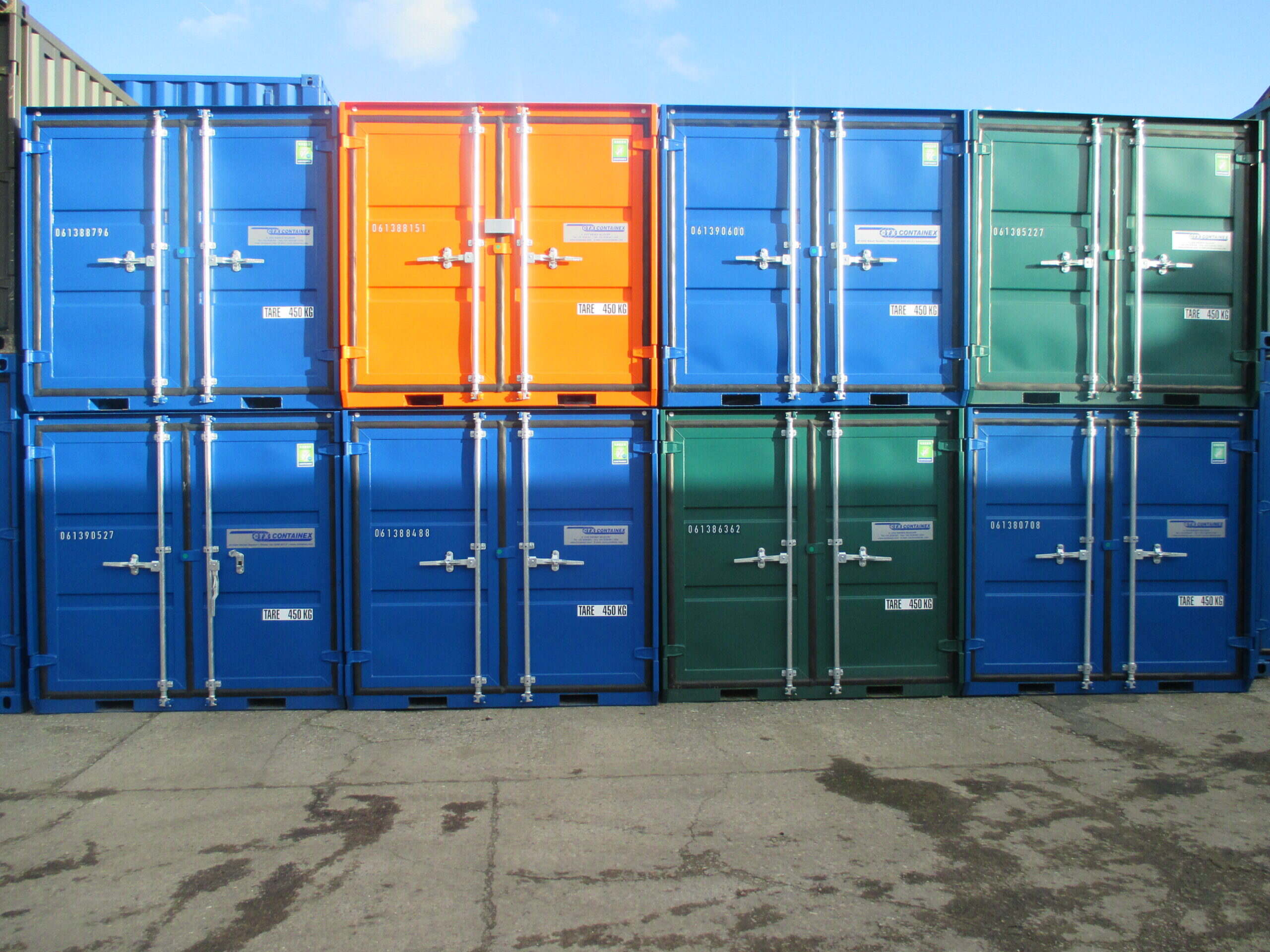
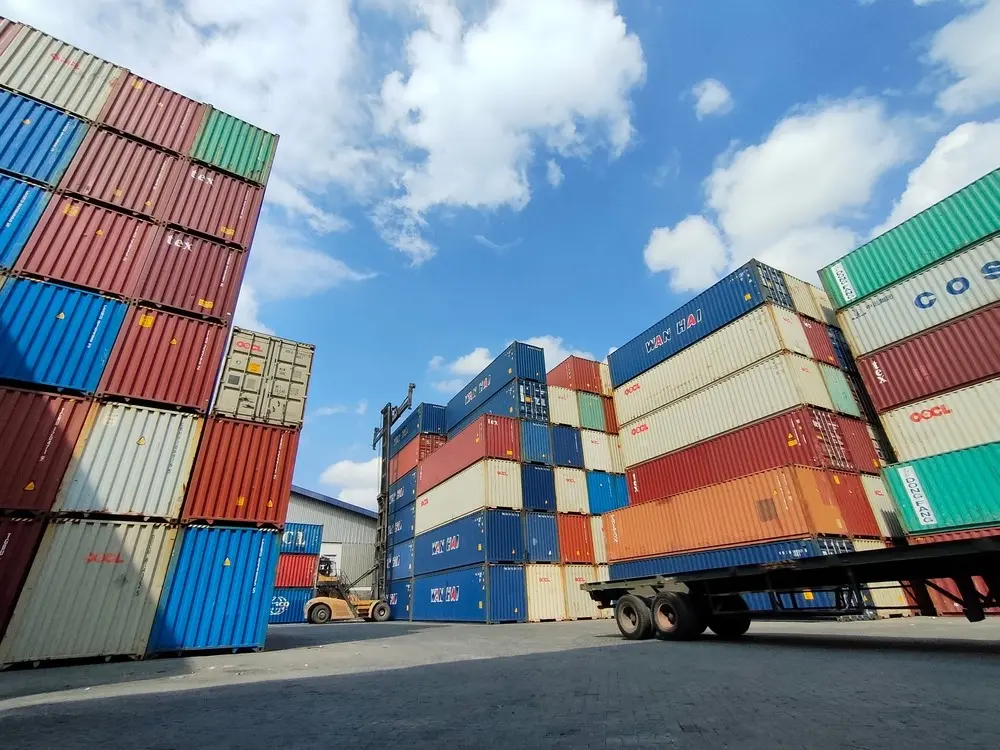

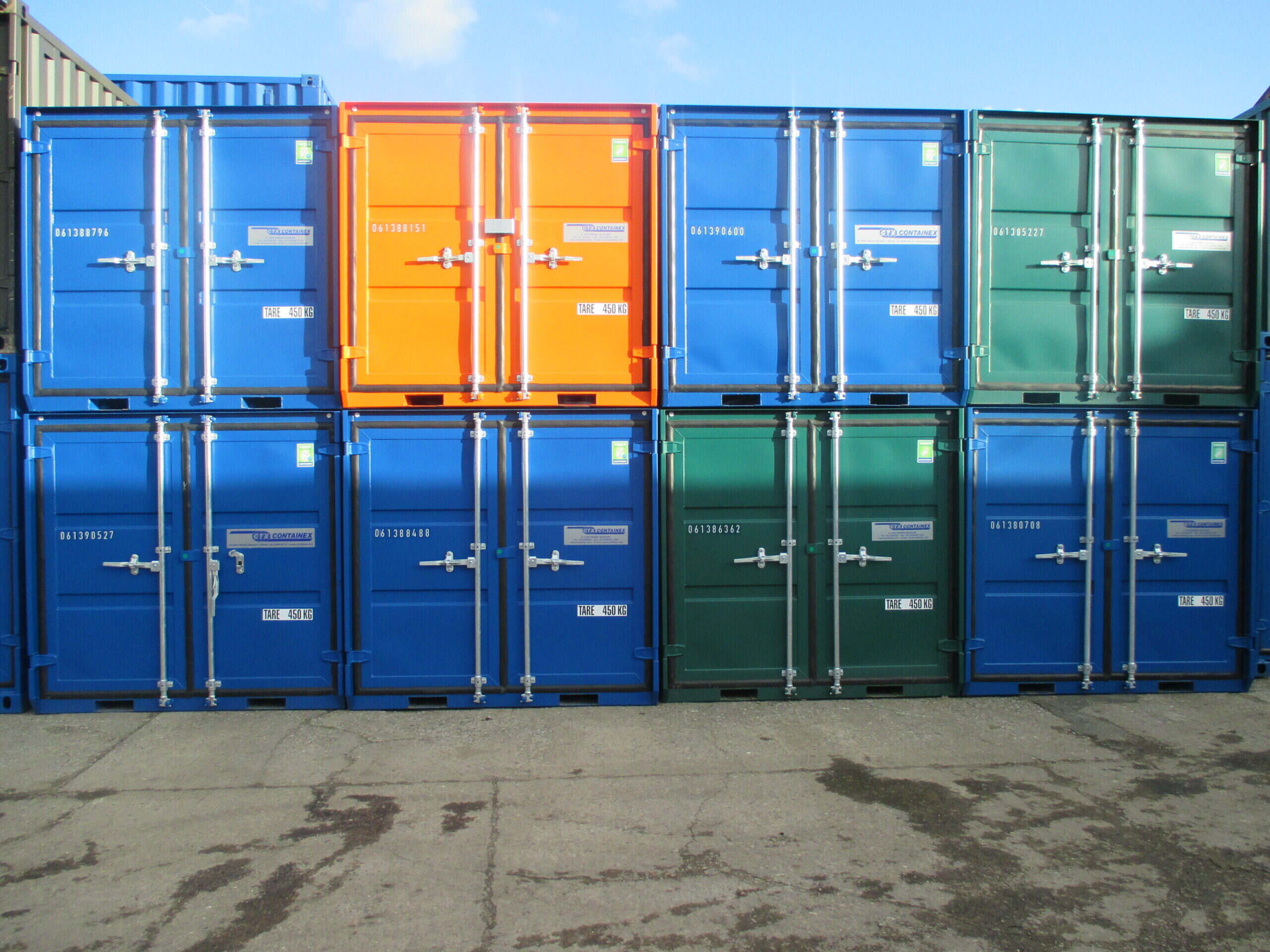
 Reviews
Reviews